Whether you’re Singaporean or not, you probably have not heard of the Singapore Medal of Honor. This does not come as a surprise at all, given that one can only receive this medal after certain criteria have been met.
In short, you have to do something worthy enough to earn the Medal of Honor or any other Singaporean orders and decorations.
If you’re interested after reading this article, you can find out even more cool facts about Singapore in our other article.
Table of Contents
What is Singapore Medal Of Honor?
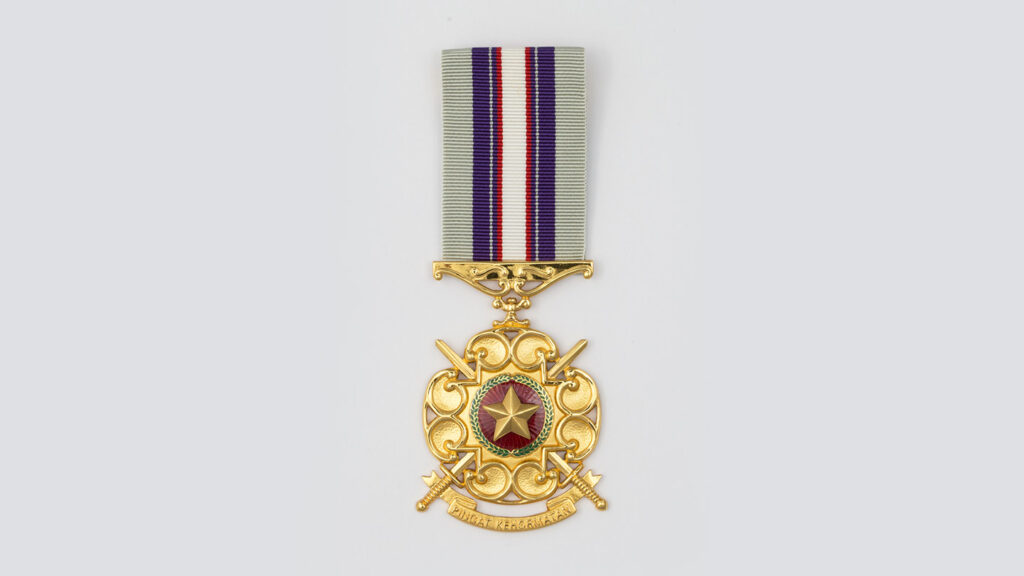
Source: Singapore Prime Minister’s Office
When was it instituted?
The Singapore Medal Of Honor (Pingat Kehormatan) was officially appointed in 1970.
Who is it for?
This Medal can be awarded to any member of the Singaporean military and police forces who has successfully performed any act which is considered as “distinguished conduct in active service in the field”.
Who has received Singapore Medal Of Honor so far?
It has never been awarded ever since its inception in 1970.
What are some other Singapore orders and decorations?
There are many Singapore orders and decorations, some of which have notable recipients, while the rest have still not been awarded to anyone, similar to the Singapore Medal Of Honor.
Let’s go through each of them one by one, from the most prestigious national honor to the least.
1. The Star of Temasek (Bintang Temasek)
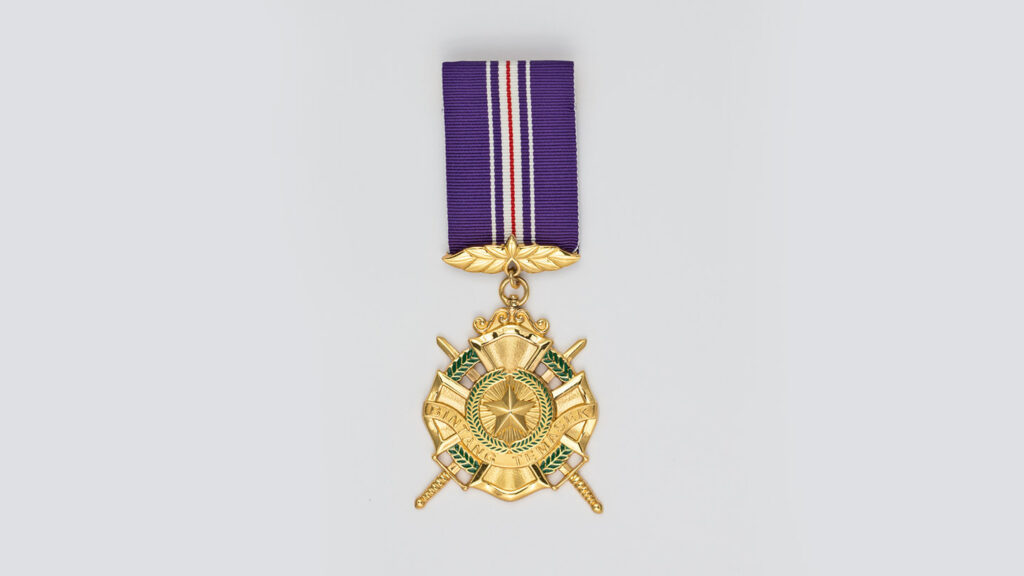
2. The Order of Temasek (Darjah Utama Temasek)
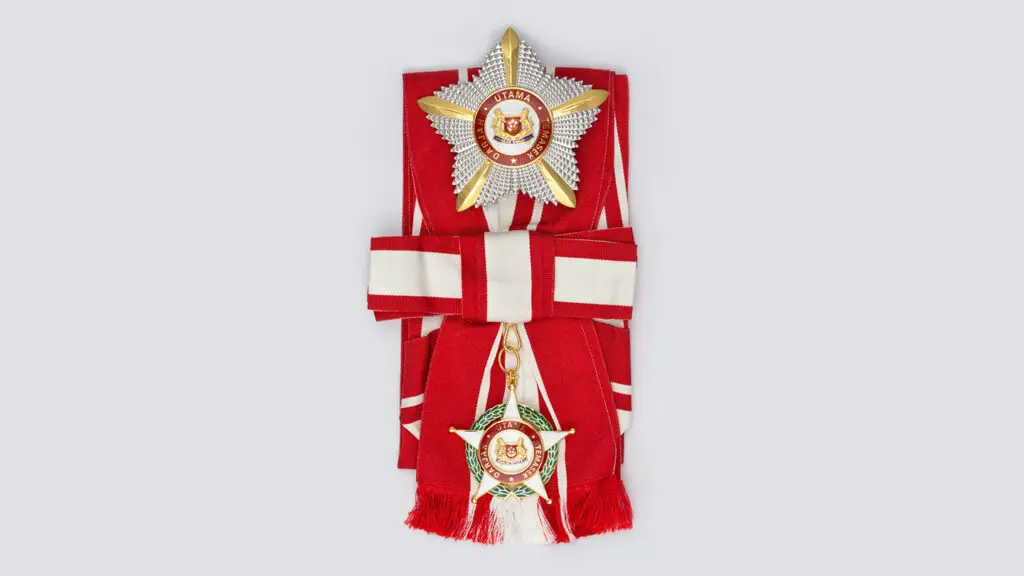
In 1970, when the Bintang Temasek (the Star of Temasek) was formed and given precedence over all other medals, the Order rose to become the second-most significant national honour.
Only Singaporeans may be inducted to the Order in general, but in exceptional cases, non-Singaporeans could also be admitted in an honorary capacity.
To reflect the most recent nomenclature of the Order’s grades, the 1996 Rules were updated in 2019. The grades are as follows:
- the Order of Temasek (With High Distinction),
- the Order of Temasek (With Distinction),
- and the Order of Temasek.
3. The Order of Nila Utama (Darjah Utama Nila Utama)
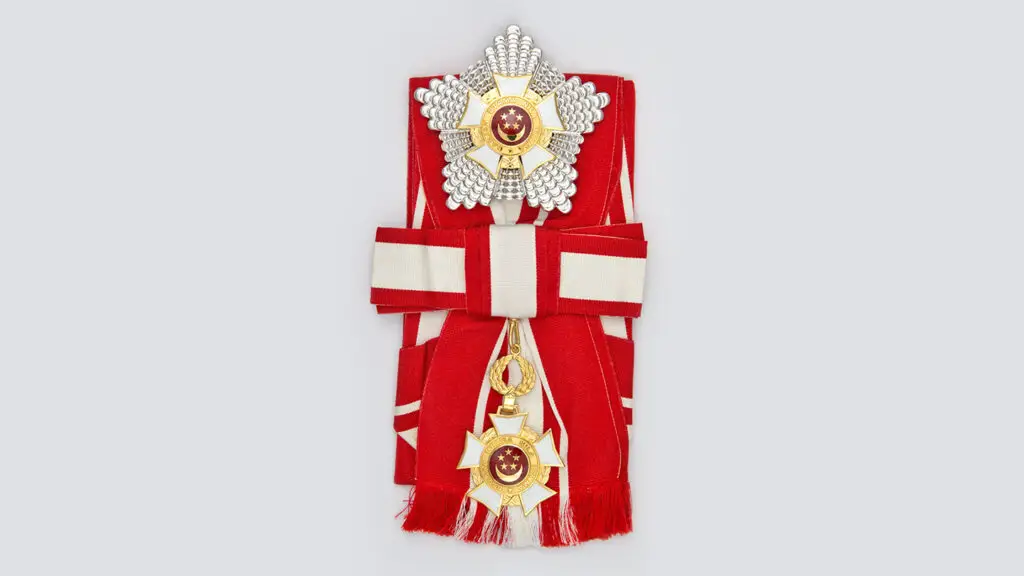
When was it instituted?
The Order of Nila Utama was appointed in 1975.
Who is it for?
The Order of Nila Utama has three levels: the First Class, which consists of the Order’s Badge and Star; the Second Class, which consists of the Order’s Badge and Star; and the Third Class, which consists of the Order’s Badge.
On the Prime Minister’s recommendation, the President grants the Order. Honorees have the right to use the post-nominal letters DUNU.
Who has received it?
The latest recipient is Peter Seah Lim Huat, the chairman of DBS Bank.
4. The Certificate Of Honor (Sijil Kemuliaan)
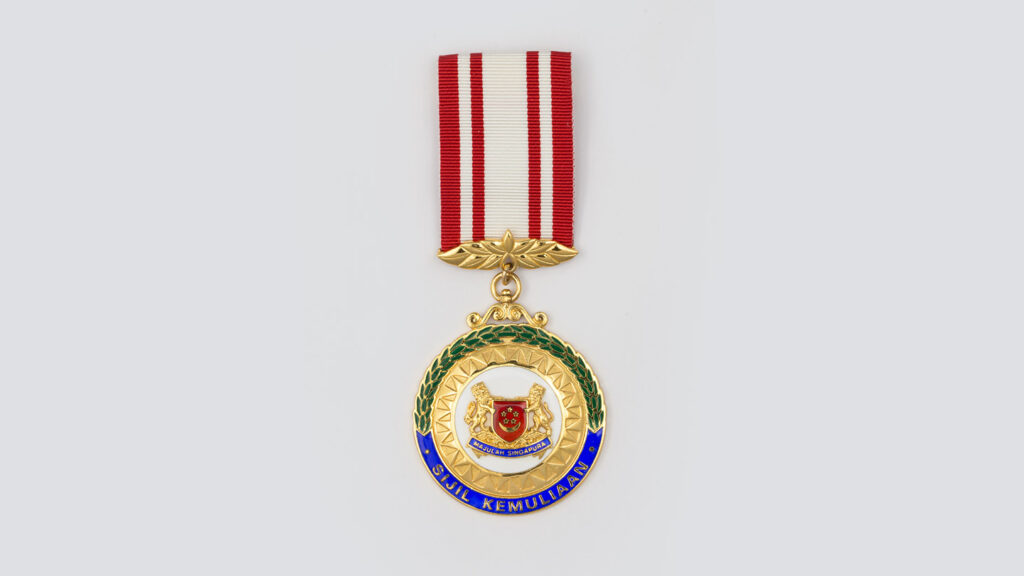
Ordinarily, Certificates of Honour could only be given to Singaporeans, however in exceptional cases, Honorary Certificates of Honour could be given to non-Singaporeans.
“Kerana Jasa Untok Negara,” which is Malay for “For Services to the State,” is inscribed on the medal of the award.
- Lim Hak Tai – Founder of the Nanyang Academy of Fine Arts
- Wong Peng Soon – Singaporean badminton player
- Zubir Said – composer of the national anthem of Singapore
5. The Distinguished Service Order (Darjah Utama Bakti Cemerlang)
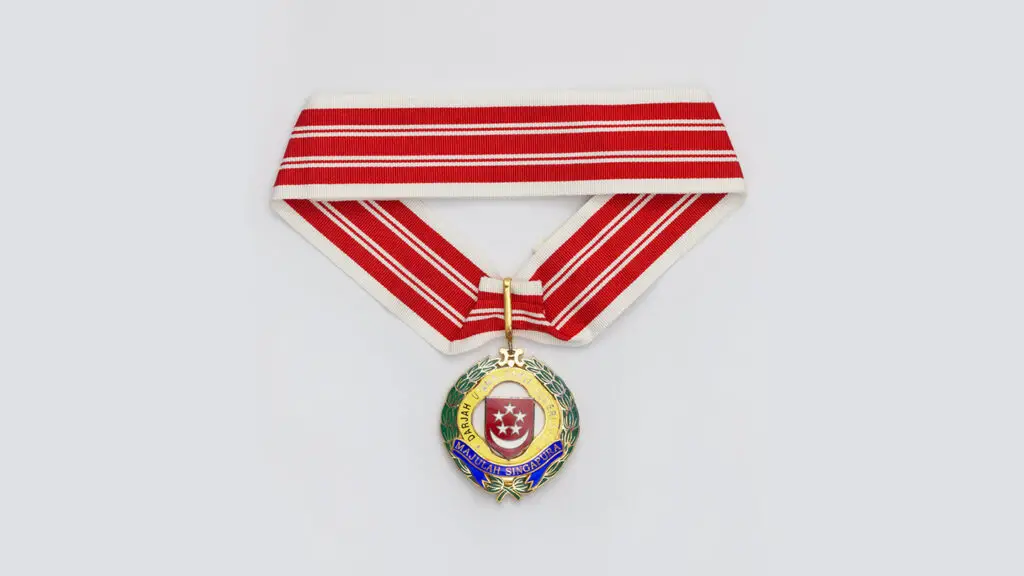
- Koh Choon Hui – Chairman, Singapore Children’s Society
- Wang Gungwu – Former Chairman, ISEAS–Yusof Ishak Institute; Former Chairman, Lee Kuan Yew School of Public Policy, National University of Singapore; Former Chairman, East Asian Institute, National University of Singapore
- Tito Karnavian – 29th Minister of Home Affairs of the Republic Of Indonesia
6. The Conspicuous Gallantry Medal (Pingat Gagah Perkasa)
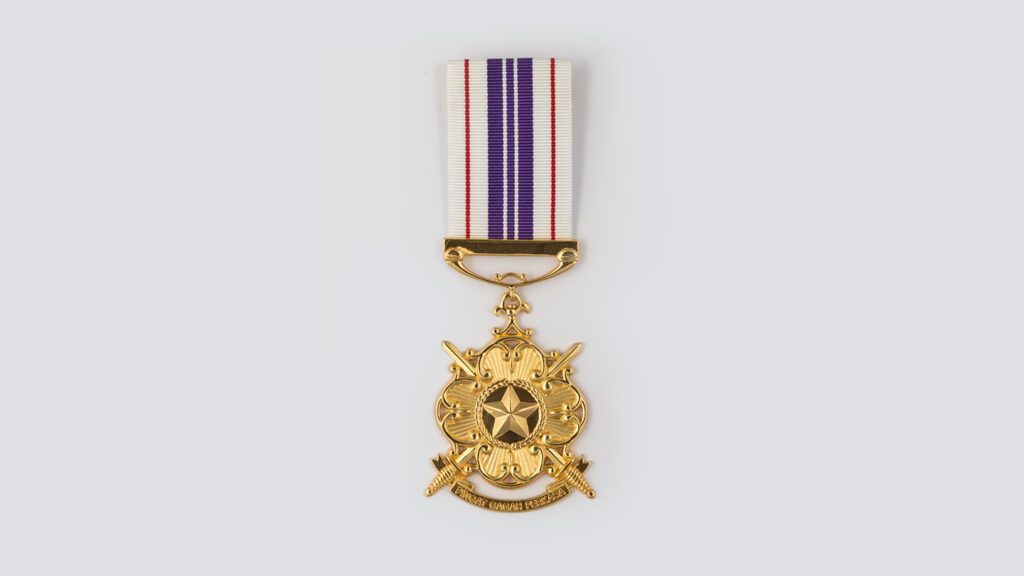
When was it instituted?
In 1962.
Who is it for?
Any individual who has displayed eminent bravery and gallantry in Singapore while facing grave personal peril may be given the Medal. Any person who has displayed exceptionally bravery and gallantry outside of Singapore while putting their own life in grave peril may receive the Medal under rare circumstances.
Who has received it?
Some of the notable recipients are DSP Ong Kian Tiong and DSP V. N. Ratna Singam who captured the kidnapper Oh Kim Kee.
7. The Meritorious Service Medal (Pingat Jasa Gemilang)
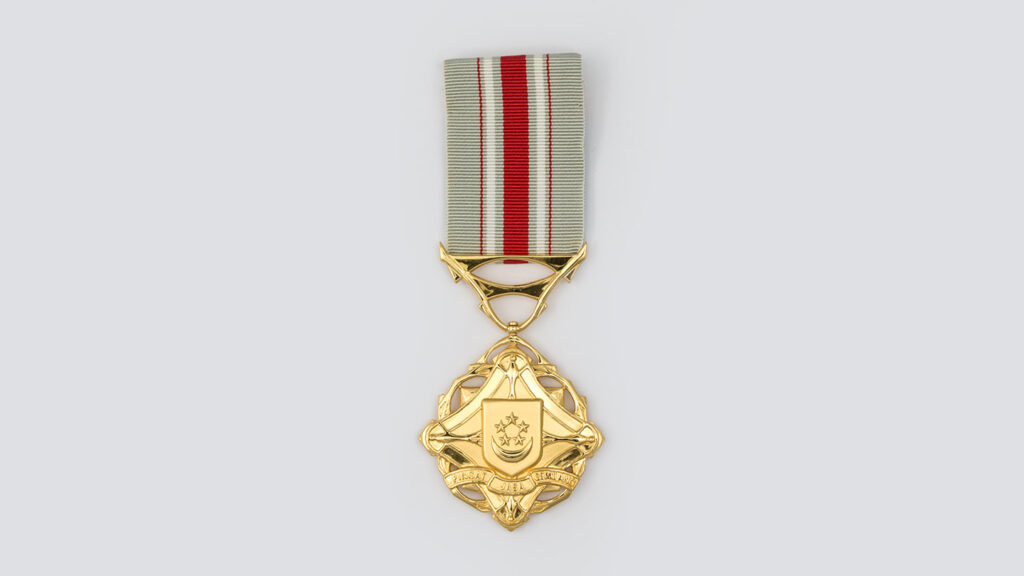
The Meritorious Service Medal was instituted in 1962.
8. The Public Service Star (Bintang Bakti Masyarakat)

In 1963.
Any person is eligible for the Public Service Star, including those:
- who have provided the people of Singapore with valuable public service; or
- who have achieved distinction in the fields of the arts and sciences, business, professions, sports, and labour activism.
9. The Public Administration Medal, Gold (Pingat Pentadbiran Awam, Emas)
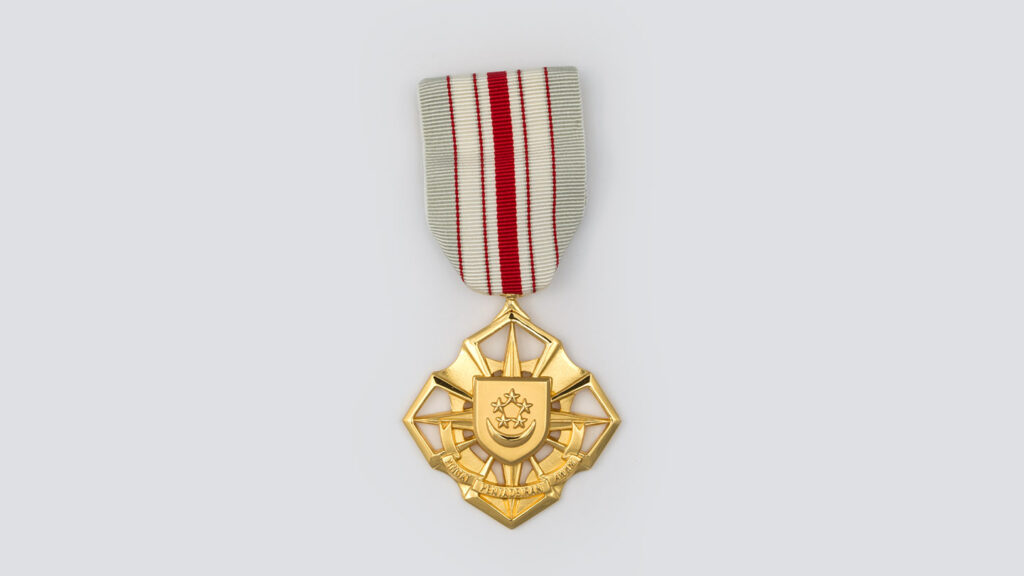
- any public officer, current or former;
- anyone who currently or previously served as an officer for a statutory authority (other than a Town Council);
- anyone who currently or has previously worked for a group that provides services in the field of education;
- any individual who currently works or has previously worked for a government-owned firm that functions primarily as an instrument or agent of the government.
10. The Medal of Valour (Pingat Keberanian)

11. The Public Administration Medal, Silver (Pingat Pentadbiran Awam, Perak)
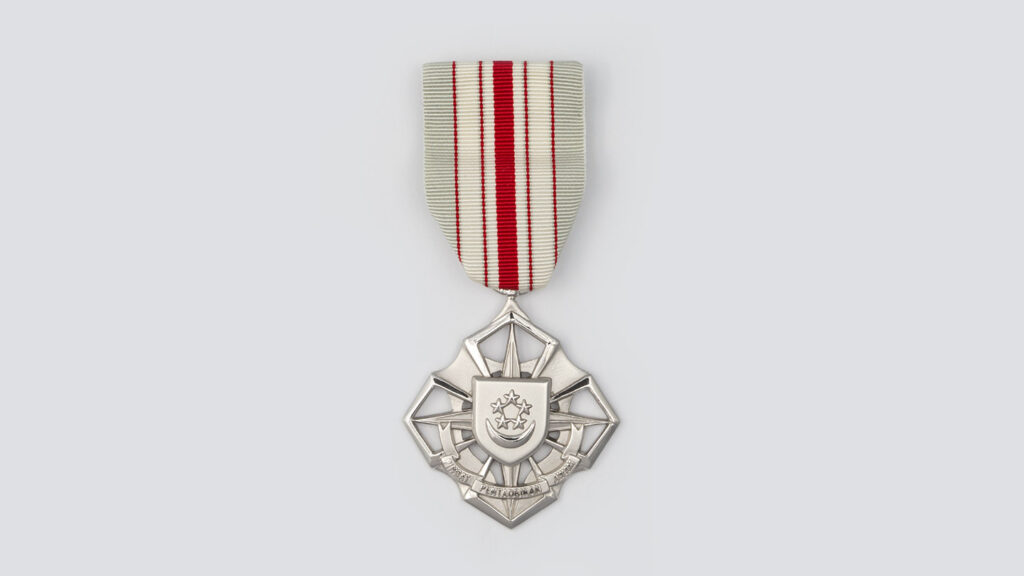
- any public officer, current or former;
- anyone who currently or previously served as an officer for a statutory authority (other than a Town Council);
- anyone who currently or has previously worked for a group that provides services in the field of education;
- any individual who currently works or has previously worked for a government-owned firm that functions primarily as an instrument or agent of the government.
Anyone who has received this medal, are likely to have also received the Gold medal. This would include prominent military figures like LG Melvyn Ong Su Kiat and LG Perry Lim Cheng Yeow.
12. The Public Administration Medal, Bronze (Pingat Pentadbiran Awam, Gangsa)

The Public Administration Medal was instituted in 1963.
- any public officer, current or former;
- anyone who currently or previously served as an officer for a statutory authority (other than a Town Council);
- anyone who currently or has previously worked for a group that provides services in the field of education;
- any individual who currently works or has previously worked for a government-owned firm that functions primarily as an instrument or agent of the government;
- anyone who is or has been employed as a member of the personal staff of the President.
13. The Commendation Medal (Pingat Kepujian)

- Any public official,
- Any officer employed by a statutory body (other than a town council),
- Any individual providing services in the field of education,
- Any employee of a company wholly owned by the public sector that conducts business primarily as an agent of the government,
- Any individual who currently works for or has previously worked as a member of the personal staff
14. The Public Service Medal (Pingat Bakti Masyarakat)
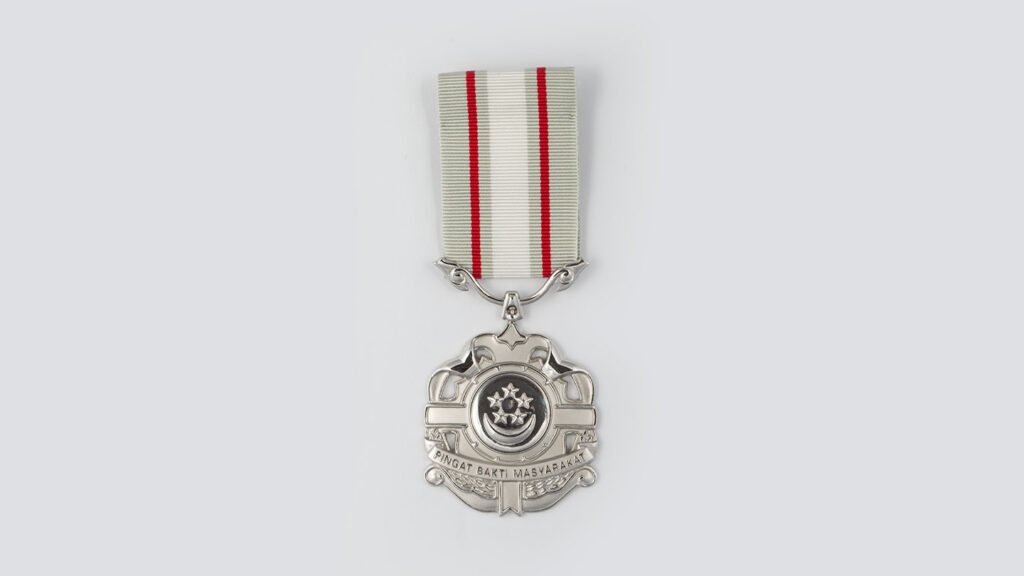
15. The Efficiency Medal (Pingat Berkebolehan)
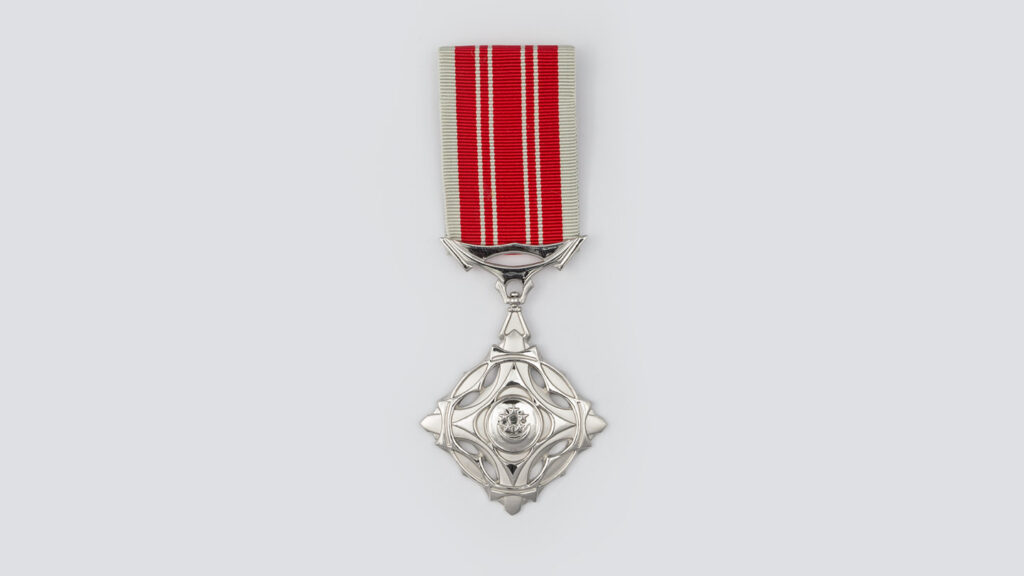
- any public officer;
- any officer employed by any statutory authority (other than a Town Council);
- any person in the service of any organisation, association, or body providing services in the field of education;
- any person employed in any company that is wholly owned by the Government and that is primarily conducting business as an agent or instrumentality of the Government;
- any person who is or has been employed as a member of the personal staff of the Government.
16. The Long Service Award (Pingat Bakti Setia)
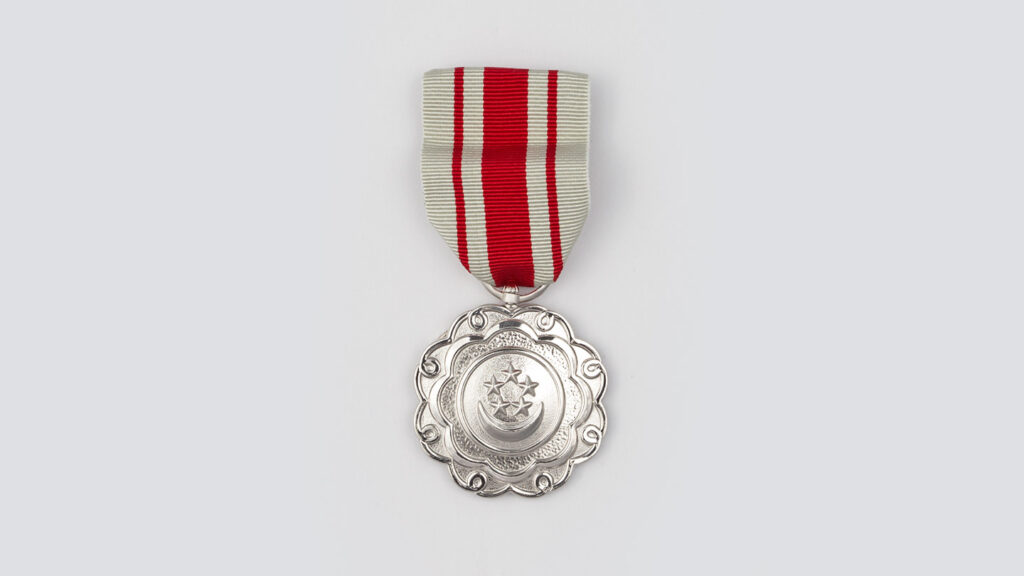
- the Government;
- any statutory authority (other than a Town Council);
- any organisation, association, or body rendering services in the field of business;
- any company owned entirely by the Government;
- member of the personal staff of the President.
What are some interesting stories regarding the Singapore orders and decorations?
1. “Gunner Choy”, Elizabeth Choy
Choy served as a second lieutenant in the Singapore Volunteer Corps’ women’s auxiliary during the Japanese invasion of Malaya, when she earned the moniker “Gunner Choy”. She also worked as a Medical Auxiliary Service volunteer nurse.
The Choy couple established a canteen at the Tan Tock Seng Hospital following the fall of Singapore in 1942 after all of the patients and physicians had been transferred there from the Miyako Hospital (formerly Woodbridge Hospital),
It was here that they soon began a regular ambulance run for British civilian internees. During their delivery, the pair provided cash and packages containing new clothing, medicine, and letters to prisoners of war housed in Changi Prison.
She was awarded the Long Service Award (Pingat Bakti Setia).
You can find out more about this beloved Singaporean war hero’s story in the video below.
2. Corporal Hoi Kim Heng
Corporal Hoi and Corporal Tan Huang Yee were on routine patrol in their Fast Response Car in the Chinatown region when they came across Soh Loo Ban, 50, on Nankin Street.
They came to a stop and got out to check on Soh, who had a history of criminal activity as a heroin addict and mobster. Soh appeared to grab for his identity card when Corporal Tan asked for it, but in reality, he had pulled out a 10-centimeter (3.9-inch) knife, which he used to stab Corporal Tan on the left arm before turning to run.
Soh was pursued by both cops down Nankin Street. As they approached the Fook Hai Building, Corporal Hoi and Soh collided and both fell to the ground. Soh then halted, turned, and rushed at the pursuing officers.
As they clashed, Soh used his knife to stab Hoi in the left side of the neck before making his getaway while Corporal Tan pursued him. After standing up, Corporal Hoi briefly pursued Soh before falling to the ground.
Local media gave the case front-page coverage, and the public expressed worries about possible police protocols hindering the officer from mounting a strong defence in letters to the press.
Police officers were not allowed to draw their weapons under any circumstances unless there was an immediate threat to their safety or the safety of others. Hoi’s passing prompted a reassessment of these protocols, which now allow officers to draw their firearms depending on their own discretion and evaluation of the situation at hand.
He was awarded the Police equivalent of Medal of Valour (Pingat Keberanian Polis) posthumously.

